MINIMALLY INVASIVE SURGERY
Minimally Invasive Surgery, Gainesville, Texas
Women sometimes require a hysterectomy to relieve the symptoms of a variety of medical conditions such as chronic pelvic pain, irregular menstrual bleeding, endometriosis, and even cancer of the uterus and cervix. Traditionally, these complex surgeries would require invasive measures using a large incisions; however, we offer minimally invasive surgery techniques that allow our patients to undergo the needed treatment with less trauma caused to the body, quicker recovery time, and less pain.
Minimally invasive surgery at Vitality Women’s Healthcare is a safe and effective surgical technique that can perform hysterectomies with a smaller chance of complication.
Hysterectomy
A vaginal hysterectomy is the removal of the uterus and or the cervix and can provide relief to a wide range of symptoms. At Vitality Women’s Healthcare in Gainesville, Texas Dr. Klein and her team of medical experts perform minimally invasive laparoscopic hysterectomies using a combination of vaginal or laparoscopic surgery. This method allows you to leave home the same day of surgery and requires less downtime than invasive surgical procedures.
At Vitality Women’s Healthcare, we also offer minimally invasive surgery with the da Vinci Robotic Surgical System.
Types of hysterectomies
Total hysterectomy
The entire uterus and cervix is removed.
Partial hysterectomy
The upper portion of the uterus is removed, and the cervix is preserved.
A radical hysterectomy
The entire uterus is removed, as well as the surrounding tissue, cervix, and upper vagina.
When is a Hysterectomy used?
Hysterectomies are most commonly used for excessive bleeding that cannot be controlled by other means. This is commonly due to masses such as fibroid tumors, which may be in the uterus or the cervix. These are non-cancerous tumors, tangled in knots of tissue inside your uterus that cause discomfort, pressure, and pain.
Am I a candidate?
A hysterectomy should only be reserved for women who are sure they would not like to have a future pregnancy, and if the symptoms experienced cannot be helped by alternative procedures. Women have hysterectomies for a variety of reasons, but the most common causes are pelvic pain, heavy periods, endometriosis, or fibroids in the uterus. These symptoms can lower a woman’s quality of life, making it important to seek proper medical treatment.
Alternatives to a Hysterectomy
Before committing to a hysterectomy, alternative procedures should be considered as well. Common alternative procedures that treat the same set of symptoms include:
- Endometrial Ablation
- Hormone Therapy
- Oral Contraceptives
- Myomectomy
What Is Recovery Like After a Hysterectomy?
Compared to invasive procedures, laparoscopic hysterectomies have a shorter recovery time and do not present the common risks associated with an open surgical approach such as infection or postoperative pain.
Generally, patients will feel a large sense of relief once the surgery is completed and they have recovered, with the symptoms negatively affecting their quality of life now gone.
Medication to prevent nausea and painkillers will be prescribed for the following days after surgery. It is advised to refrain from lifting anything heavier than ten pounds for the first 6 weeks, and putting anything into the vagina for 8 weeks following the surgery.
This procedure requires 4-8 weeks of recovery, making it necessary to take time off from week to prioritize proper healing.
Will My Hormones Be Affected After a Hysterectomy?
No! Your hormones are produced inside your ovaries and rarely are ovaries removed during a hysterectomy, unless there is a significant benefit to removing them at the same time as the cervix and uterus. The body’s hormonal function will remain the same as your pre-operation state.

Hysteroscopy
A hysteroscopy is a minimally invasive surgery that can be used to diagnose and treat causes of infertility, uncommon irregular vaginal bleeding issues or postmenopausal bleeding. It is performed using a hysteroscope, a thin, lighted tube with a camera that is inserted into the vagina, providing visuals to examine the cervix and cavity of the uterus. This is typically completed in 10-30 minutes.
How Is a Hysteroscopy Performed?
The procedure begins with dilating the cervix so the hysteroscope can be inserted into the uterus. The uterus is then expanded with saline, clearing out any blood or mucus that may be obstructing any pathways. Through a screen connected to the hysteroscope, your cervix and uterus is then examined.
If any other procedures need to be performed in the uterus at that time, thin instruments can then be inserted next to the hysteroscope.
When would a Hysteroscopy be used?
A hysteroscopy is used when a patient experiences irregular bleeding, menstrual cycles that are longer or heavier than normal patterns or postmenopausal bleeding. There are numerous factors that can influence these conditions, some including fibroids, polyps, or uterine cancer.
Furthermore, a hysteroscopy can be beneficial to eliminate adhesions after an infection or post-surgery, diagnose the cause of repeated miscarriage, place implanted birth control into the fallopian tubes, or detect an IUD.
Am I a good candidate?
Individuals who show symptoms of abnormal bleeding or other issues like fibroids or multiple miscarriages make good candidates for a hysteroscopy. Another advantage of a hysteroscopy is that this procedure does not present the common risks associated with general surgery, such as risks stemming from anesthesia. This provides a secure and convenient option for patients.
What Is Recovery Like After A Hysteroscopy?
It is common to feel cramps or light spotting for 2 to 3 days after your minimally invasive surgery. Some patients may also feel lightheaded or nauseous; however, symptoms have been reported to be mild and manageable. If you experience severe abdominal pain, heavy bleeding or discharge, or a fever, seek medical attention.
Booking a visit
Our range of gynecologic health care services including minimally invasive surgery are here to support your well-being. We are committed to providing specialized care for women, so you can continue living strong and healthy.
